Honda Civic Service Manual: Rear Trailing Arm Removal and Installation (Drum Brake except Natural Gas models)

| 1. | Vehicle Lift |
|
| 2. | Rear Wheel |
|
|
|
| 3. | Rear Floor Undercover (For Some Models) |
|
|
|
| 4. | Rear Wheel Speed Sensor, Brake Hose Mounting Bracket, and Brake Line |
|
|
Do not spill brake fluid on the vehicle; it may damage the paint. If brake fluid gets on the paint, wash it off immediately with water.
|
|||||||||||||||
| 5. | Rear Knuckle - Jack Up |
|
|
|
| 6. | Rear Damper Lower Side - Disconnection |
|
|
|
| 7. | Rear Upper Arm Knuckle Side - Disconnection |
|
|
|
| 8. | Rear Trailing Arm Knuckle Side - Disconnection |
|
|
|
| 9. | Stabilizer Link Trailing Arm Side - Disconnection |
|
|
|
| 10. | Rear Spring |
|
|
|
|
|
|
| 11. | Rear Trailing Arm |
|
|
|
|
|
|

| 1. | Rear Trailing Arm |
|
|
|
|
|
|
| 2. | Rear Spring |
|
|
|
|
|
|
|
|
|
|
|
|
| 3. | Stabilizer Link Trailing Arm Side - Reconnection |
|
|
|
| 4. | Rear Trailing Arm Knuckle Side - Reconnection |
|
|
|
||||||||||||
| 5. | Rear Upper Arm Knuckle Side - Reconnection |
|
|
|
| 6. | Rear Damper Lower Side - Reconnection |
|
|
|
| 7. | Rear Suspension All Mounting - Tighten Under Vehicle's Weight |
|
| 8. | Rear Wheel Speed Sensor, Brake Hose Mounting Bracket, and Brake Line |
|
|
|
| 9. | Brake System - Bleeding |
|
|
Do not spill brake fluid on the vehicle; it may damage the paint. If brake fluid does contact the paint, wash it off immediately with water.
|
|
|
|
||||||
|
Front
Rear-disc brake
Rear-drum brake
|
|
| 10. | Rear Floor Undercover (For Some Models) |
|
|
|
| 11. | Rear Wheel |
|
|
|
||||||
| 12. | Pre-Alignment Checks |
|
| 13. | Camber - Inspection |
|
||||||||||||||||||||||||||||||||||||||||||||||||||||||||||||||||||||||||||||||||||||||
| 14. | Rear Toe - Inspection |
|
||||||||||||||||||||||
| 15. | Test Drive |
|
| 16. | Rear Stabilizer Link - Tighten |
|
 Rear Trailing Arm Removal and Installation (Natural Gas models)
Rear Trailing Arm Removal and Installation (Natural Gas models)
1.
Vehicle Lift
1.
Raise the vehicle on a lift, and make sure it is securely supported.
2. ...
See also:
Honda Civic Owners Manual. Adding Engine Oil
Unscrew and remove the engine oil fill cap.
Add oil slowly.
Reinstall the engine oil fill cap, and tighten
it securely.
Wait for three minutes and recheck the
engine oil dipstick.
Adding Engine Oil
NOTICE Do not fill the engine oil above the upper ...

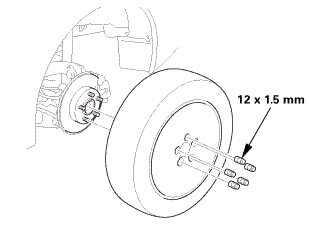
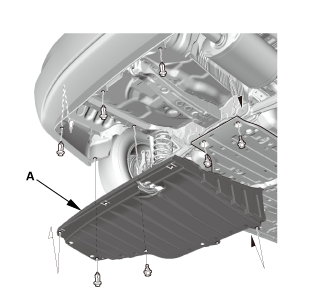
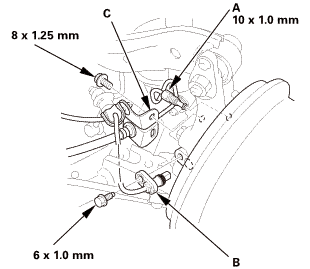

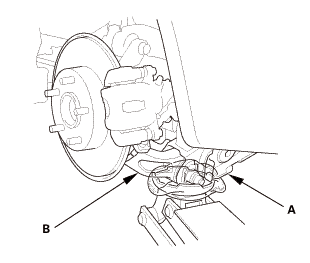
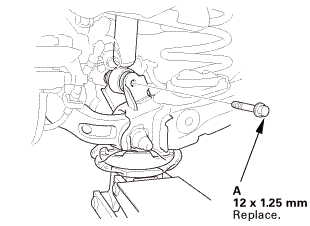
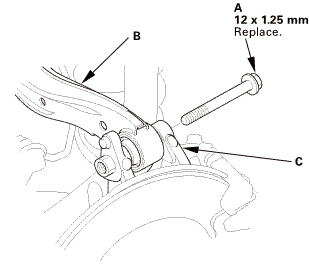 i2xi2inln
i2xi2inln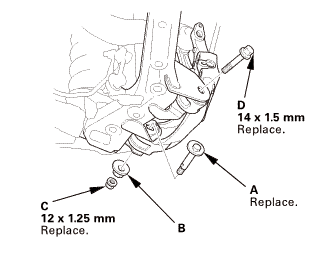
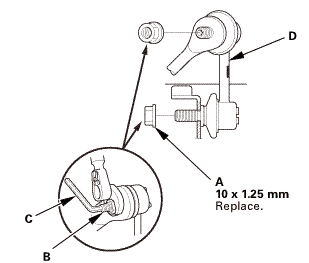
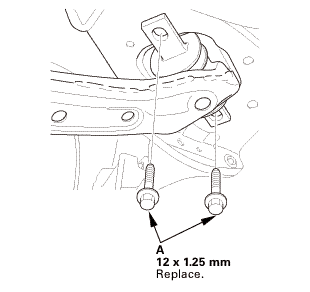
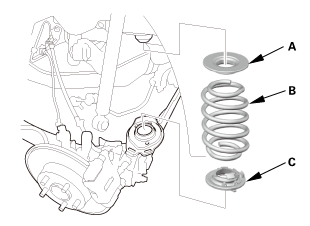
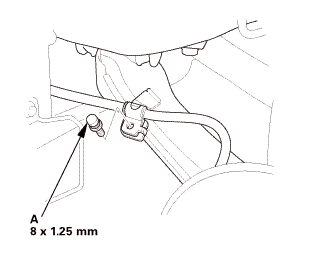
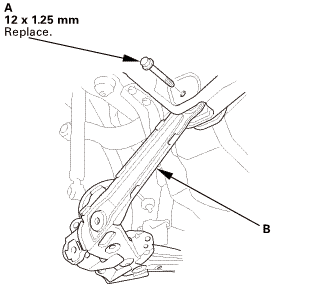 12x11mm
12x11mm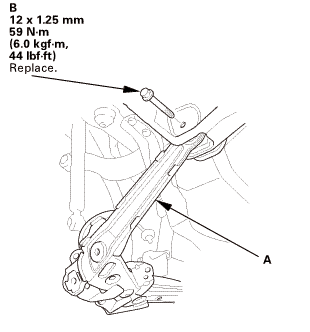
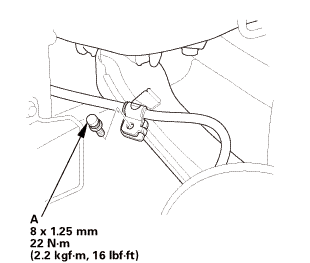 125mm22
125mm22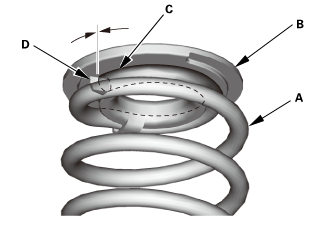
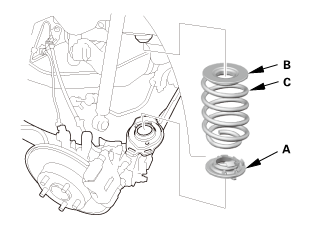
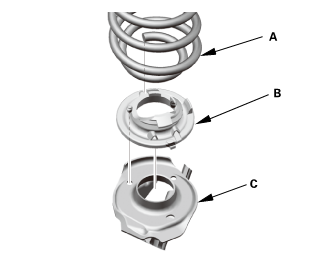
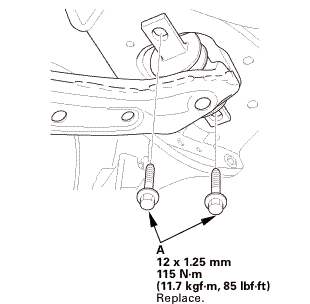 mmh5ummn)replace.
mmh5ummn)replace.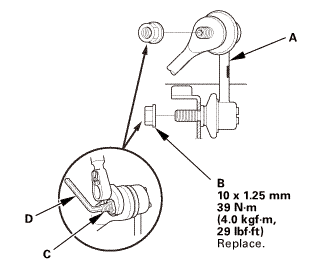 125mmm,29
125mmm,29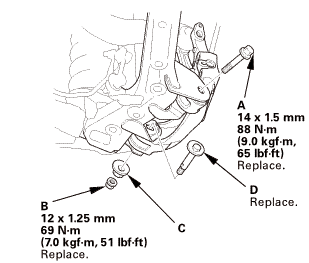 ....n-m65....5n.m(m
....n-m65....5n.m(m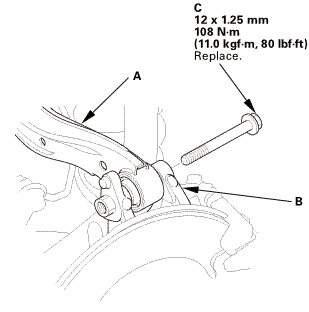 125mmumngvum
125mmumngvum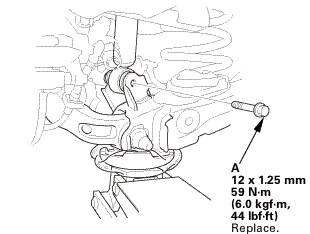
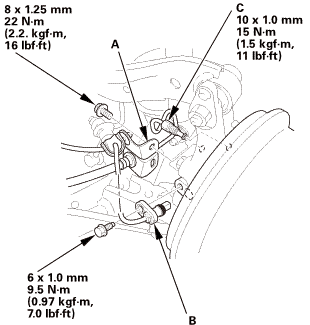
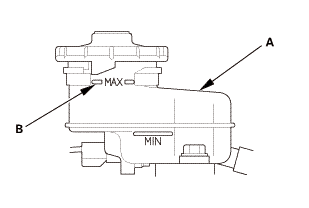

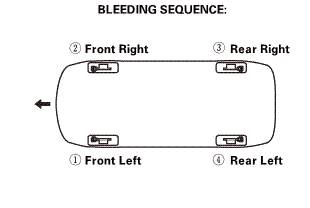 sznuzucz
sznuzucz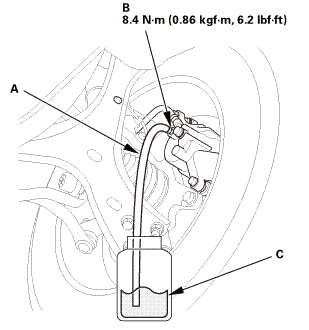 m.uimm
m.uimm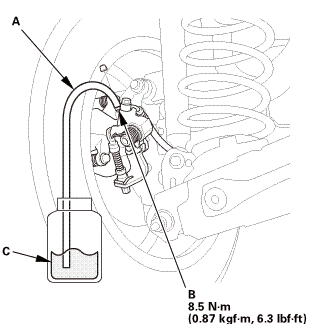 sun.(on
sun.(on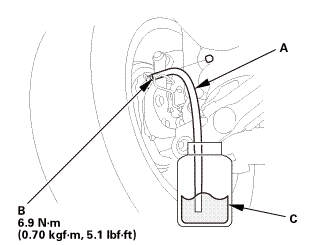
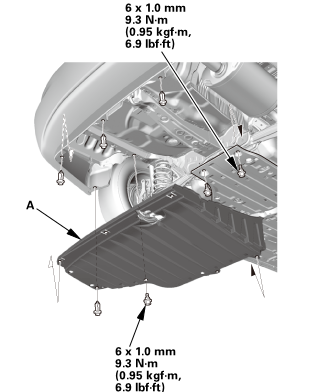 mmlens
mmlens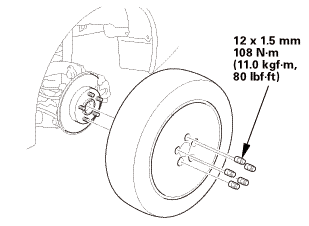 15mmumum
15mmumum